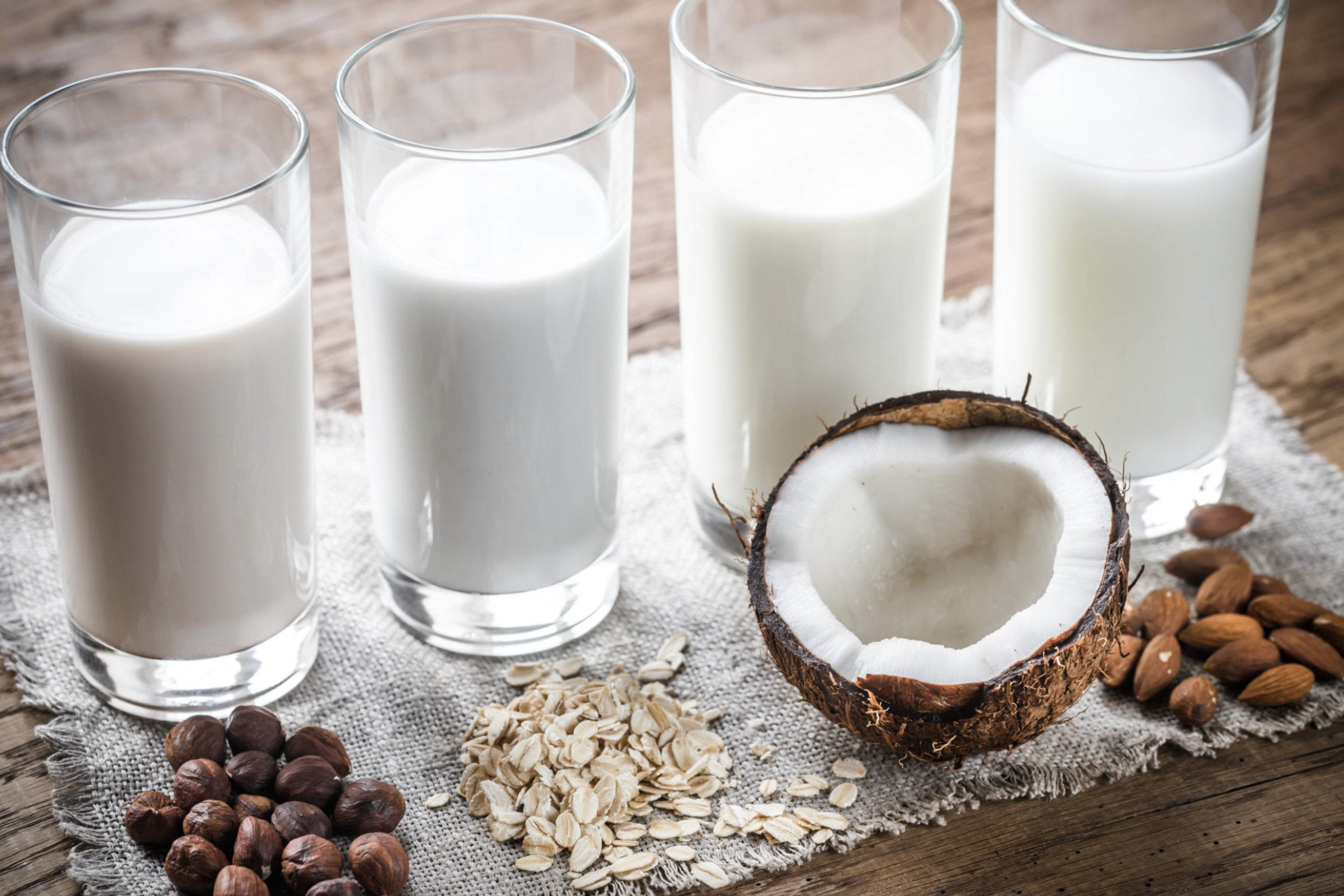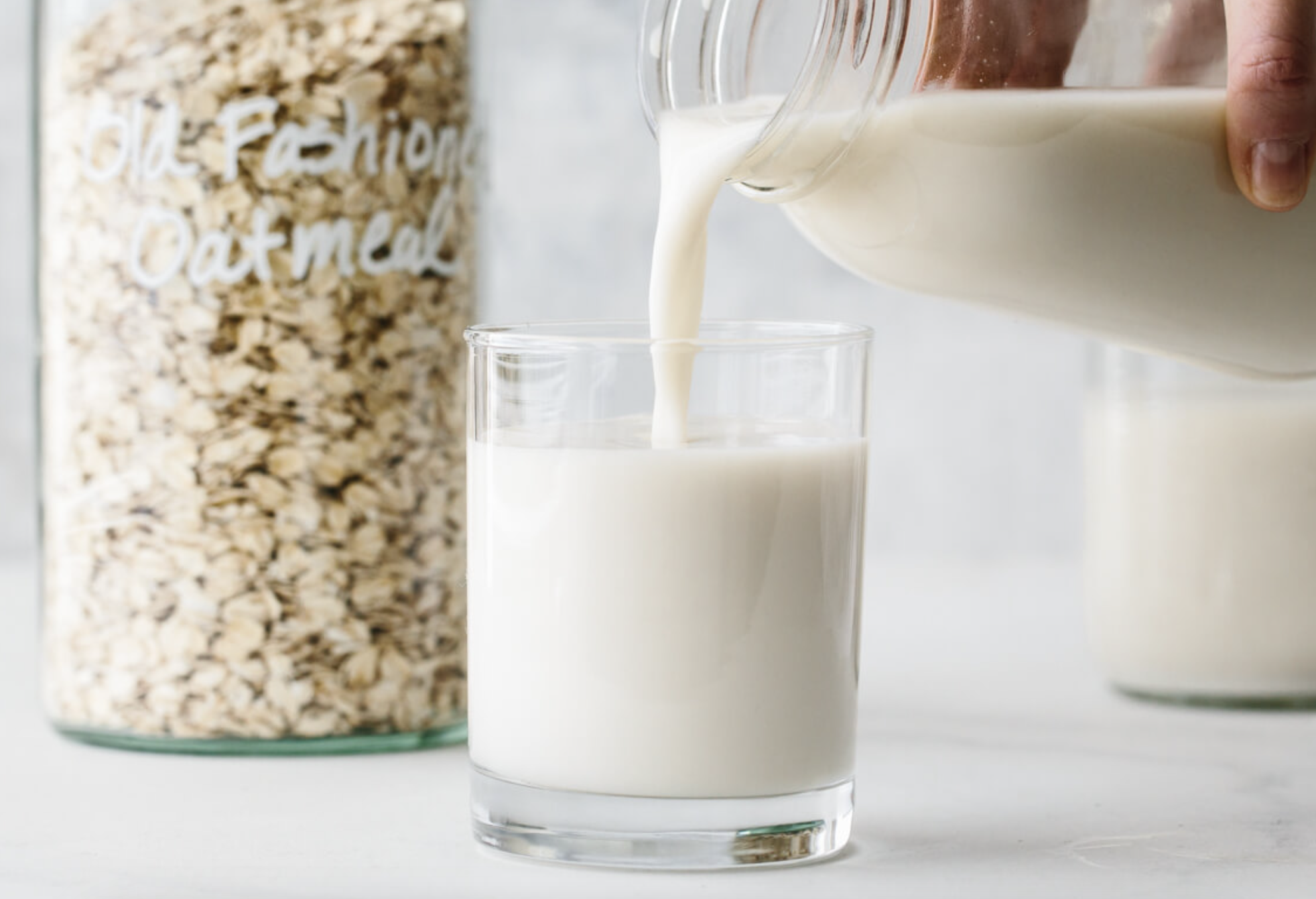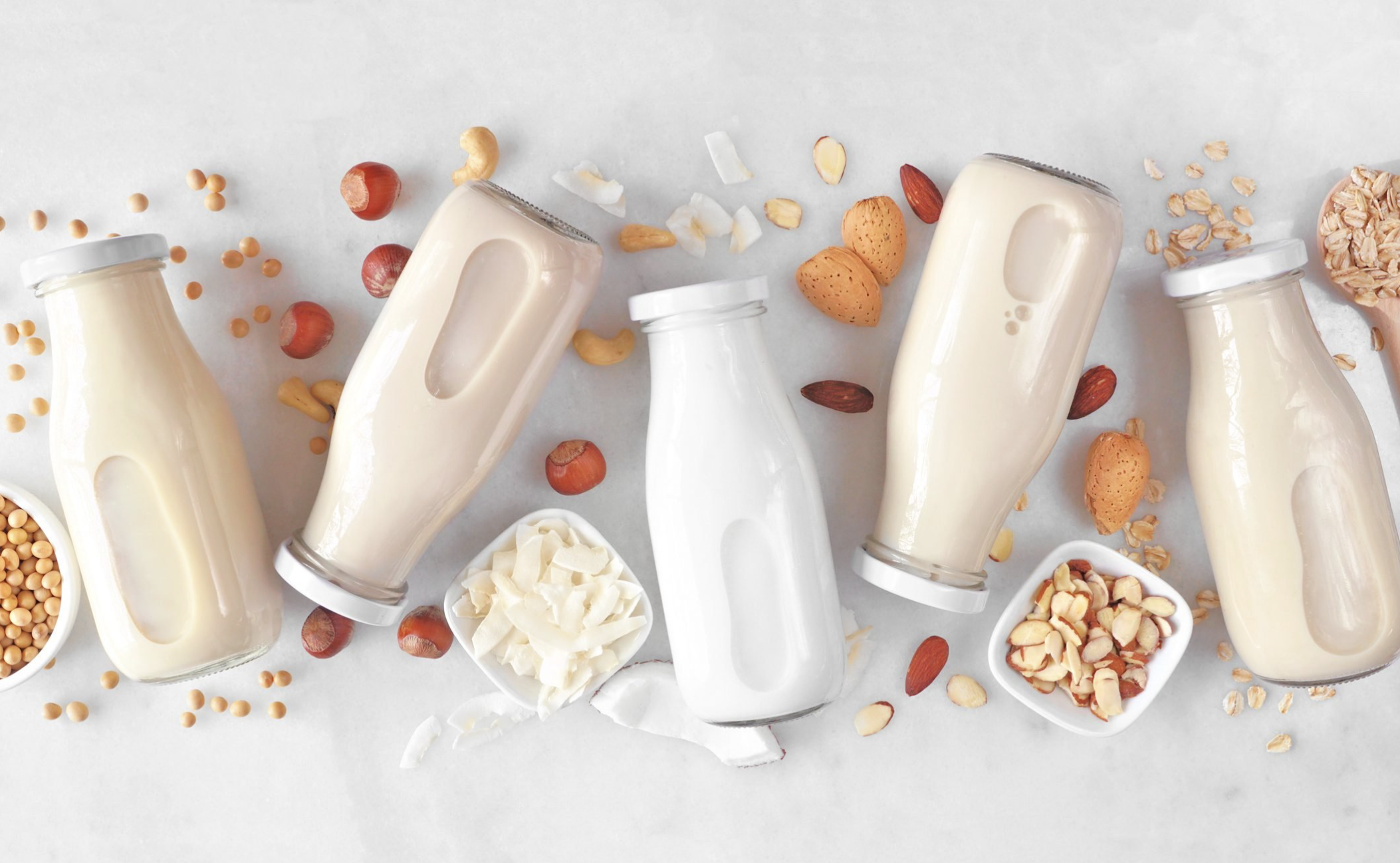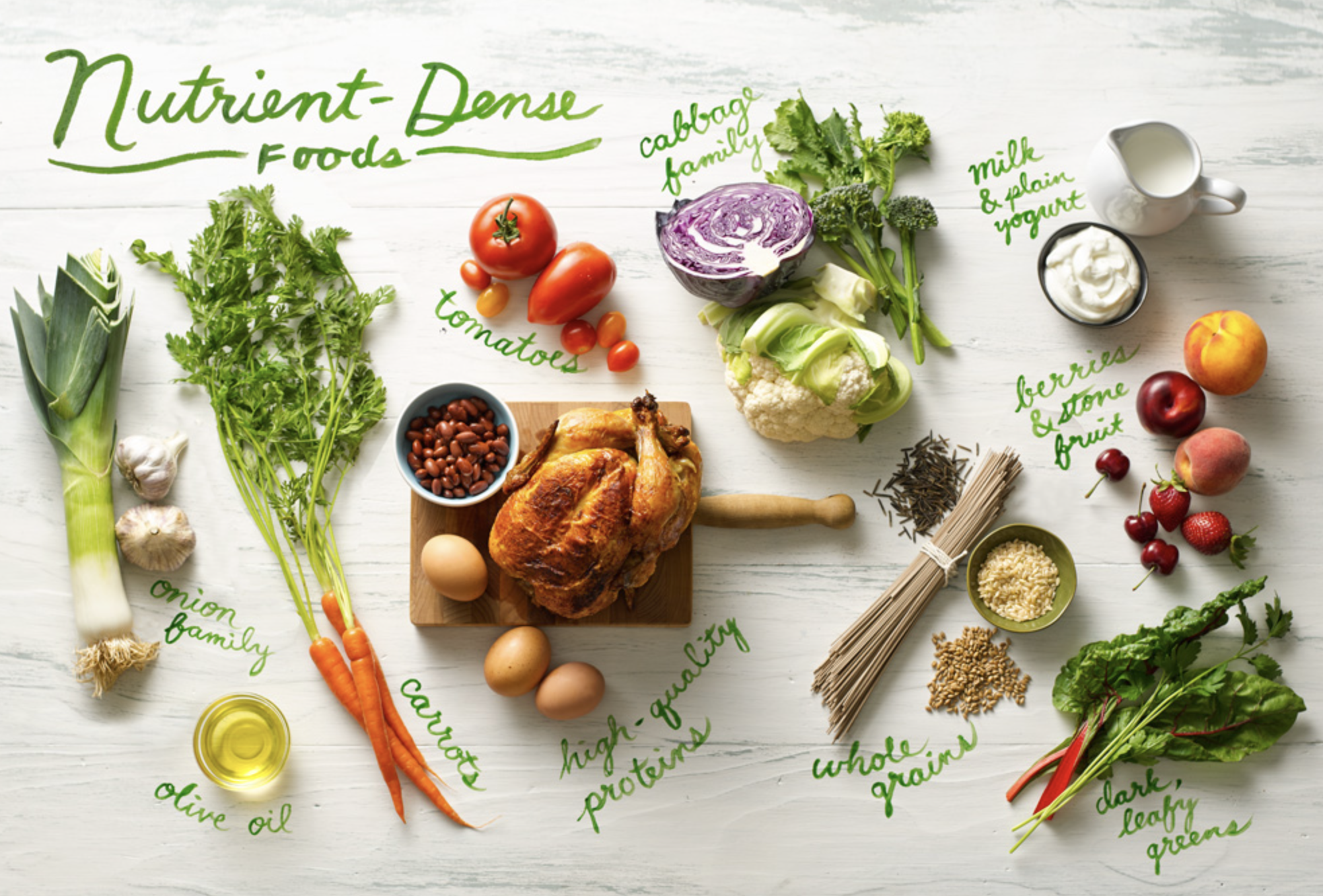Comparing Plant-Based Milk Alternatives
Embark on an exciting exploration through the world of plant-based milk alternatives! This guide will take you on a thrilling journey, revealing the secrets and benefits of these dairy substitutes. Prepare to be amazed!
Nutritional Profiles of Popular Plant-Based Milks
The nutritional content of plant-based milk alternatives presents a diverse landscape, catering to a range of dietary preferences and needs. Almond milk, for instance, stands out for its low caloric and fat content, making it an appealing choice for individuals monitoring their weight or fat intake. On the other hand, coconut milk is distinguished by its higher levels of saturated fats, offering a creamier texture and richer flavor that might appeal to those looking for a fuller taste.
Soy milk emerges as a robust source of protein, rivaling that of cow's milk, which makes it particularly attractive for vegetarians, vegans, or those seeking to increase their protein intake through non-animal sources. Oat milk, while naturally sweet and light in protein, often comes fortified with additional vitamins and minerals, enhancing its nutritional profile to better meet the dietary needs of a broader audience.
Each plant-based milk alternative also brings with it unique nutritional benefits. For example, many are enriched with calcium and vitamin D, two nutrients commonly found in dairy milk, thereby offering a comparable nutritional alternative for those avoiding dairy. Additionally, some plant-based milks contain omega-3 fatty acids, particularly those derived from nuts and seeds, contributing to a heart-healthy diet.
It's crucial for consumers to scrutinize the nutritional labels of these plant-based milks, as the content can vary significantly between brands and formulations. Unsweetened varieties typically contain fewer calories and less sugar, making them a preferable option for many health-conscious individuals. By understanding the nutritional nuances of each plant-based milk option, individuals can make informed decisions aligned with their health objectives and dietary preferences.
Environmental Impact of Different Plant-Based Milks
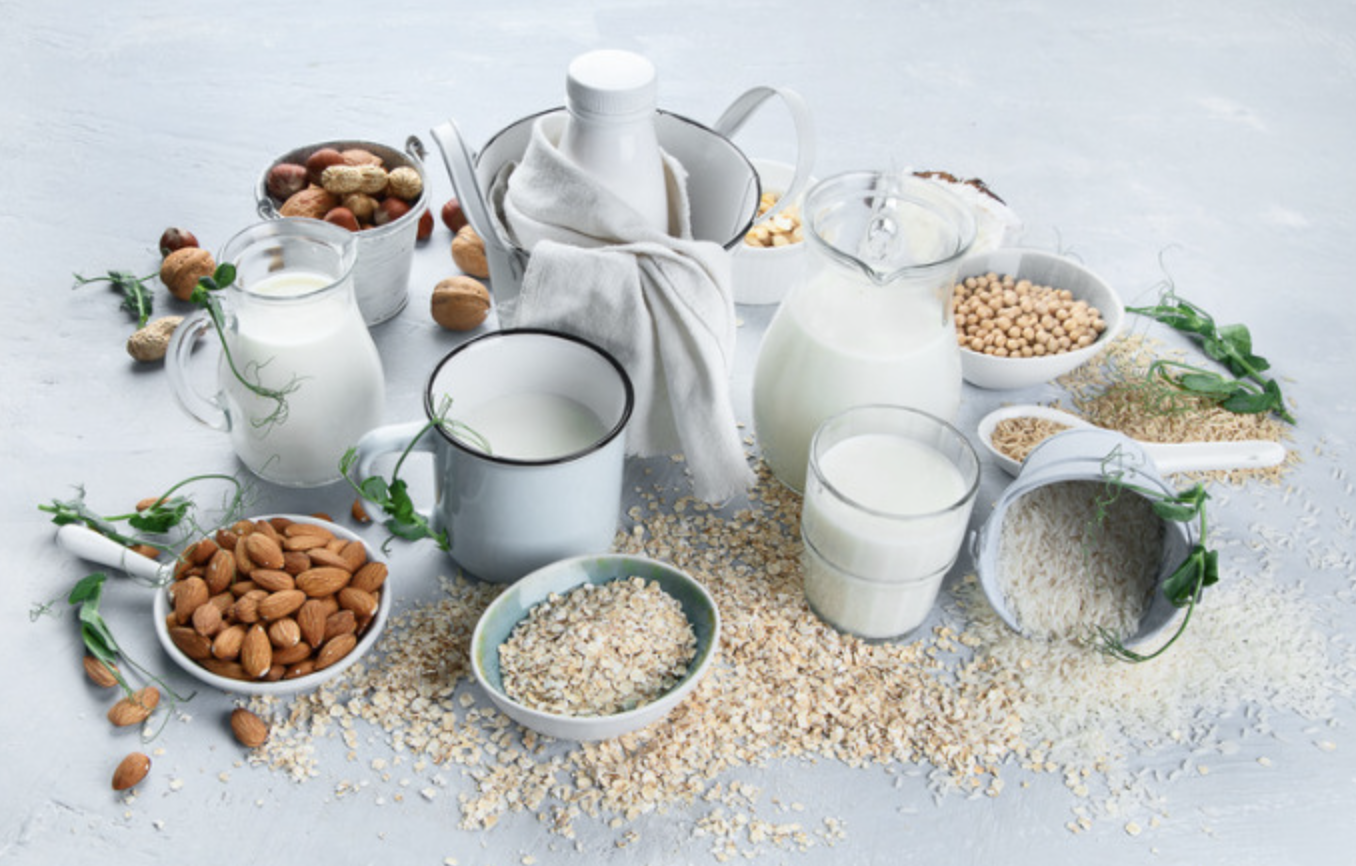
The ecological footprint left by the production of plant-based milk alternatives is a critical factor for many environmentally conscious consumers. The water consumption, land use, and carbon emissions associated with these milks can significantly differ, highlighting the importance of making sustainable choices within this category. Almond milk, for instance, is notorious for its high water requirements, particularly in regions like California where the majority of the world's almonds are grown. This has raised concerns about its sustainability, especially in areas facing water scarcity.
Conversely, oat milk is recognized for its relatively low environmental impact. The production of oats requires less water compared to almonds and can often be grown in cooler climates, which reduces the need for irrigation. This makes oat milk a more eco-friendly choice for those looking to minimize their environmental footprint.
Soy milk also presents a sustainable option, with a production process that generally requires less water and land compared to dairy milk. Soy plants fix nitrogen in the soil, reducing the need for synthetic fertilizers, and have a relatively efficient conversion rate of plant into milk.
Pea milk is another contender, known for its low water use and high protein yield, positioning it as an environmentally favorable alternative. Its production emits fewer greenhouse gases compared to both dairy and some plant-based options, making it appealing for those prioritizing climate change mitigation.
In selecting a plant-based milk, understanding the varying environmental impacts is key to choosing an option that aligns with one's ecological values and dietary preferences. The choice becomes a balance between nutrition, taste, and the milk's environmental footprint, emphasizing the importance of informed decision-making in the quest for sustainability.
Culinary Uses and Versatility in Recipes
The realm of cooking and baking has been revolutionized with the introduction of plant-based milk alternatives, offering a range of flavors and textures to suit various culinary endeavors. Almond milk, with its light and nutty profile, is a favorite in the baking world, adding a subtle depth to cakes and pastries. Its low-fat content also makes it a suitable option for lightening up your morning coffee or tea. Coconut milk, on the other hand, is a staple in tropical and Asian cuisines, lending a creamy consistency and rich flavor to soups, curries, and desserts. Its high-fat content provides a luxurious mouthfeel that is hard to replicate with other plant-based milks.
Soy milk stands out in the culinary landscape for its versatility and robustness, making it an excellent base for vegan bechamel or cheese sauces, as well as a reliable dairy substitute in savory dishes. Its unique flavor profile, which can stand up to strong spices and herbs, makes it a go-to option for heartier recipes. Oat milk's naturally sweet and mild taste makes it a fantastic addition to smoothies, coffee beverages, and even homemade ice cream, where its creamy texture can shine without overpowering other ingredients.
Experimenting with these plant-based milk alternatives in your cooking and baking can open up a new world of flavors and textures. Whether you're crafting a delicate dessert, simmering a savory sauce, or simply looking for a dairy-free option for your morning cereal, the versatility of these milks ensures there's an alternative for every culinary need.
Taste and Texture Comparisons
Navigating the world of plant-based milk alternatives is not just about comparing nutritional labels and environmental impacts—it's also a journey through a variety of flavors and textures that cater to different palates. Almond milk offers a subtly sweet and nutty essence that pairs beautifully with cereals and coffee, boasting a thinner consistency that might appeal to those who prefer a lighter beverage. In contrast, coconut milk exudes a rich and creamy texture, imbued with a tropical sweetness that transforms smoothies and desserts into decadent treats.
Soy milk presents a more robust taste, with a slightly bean-like flavor that can complement savory dishes, making it a versatile choice for cooking. Its creaminess closely mimics that of traditional dairy milk, appealing to those looking for a substantial dairy-free option. Oat milk is celebrated for its gentle, sweet profile and smooth, velvety consistency, making it a popular choice for baristas and a comforting addition to warm beverages.
The diversity in taste and texture among these plant-based milks means that there is an alternative for every preference and recipe requirement. From the light, refreshing quality of almond milk to the indulgent, full-bodied nature of coconut milk, the range of options available allows individuals to explore and find their favorites. Whether used in baking, cooking, or simply enjoyed as a drink, each plant-based milk brings its own unique characteristics to the table, offering an exciting array of choices for consumers to discover.
Cost and Accessibility of Plant-Based Milk Options
The landscape of plant-based milk alternatives spans a wide range when it comes to both cost and accessibility. Staples like almond and soy milk are generally more budget-friendly and can be found in most supermarkets, often alongside dairy milk. Their widespread availability makes them convenient choices for everyday use. On the other end of the spectrum, newer entrants such as oat milk, despite its growing popularity, might come with a higher price tag due to the increased demand and production costs. Specialty options like hemp and pea milk might not only be pricier but also less accessible, typically stocked in health food stores or available through online retailers rather than your local grocery store. The pricing of these alternatives can also be influenced by factors such as organic certification, non-GMO claims, and the use of fortified ingredients, which can add to the overall cost. When planning your grocery list, it's beneficial to explore a variety of stores and online platforms to find the best deals and availability on these plant-based milk alternatives, ensuring that your dietary preferences align with your budget constraints.
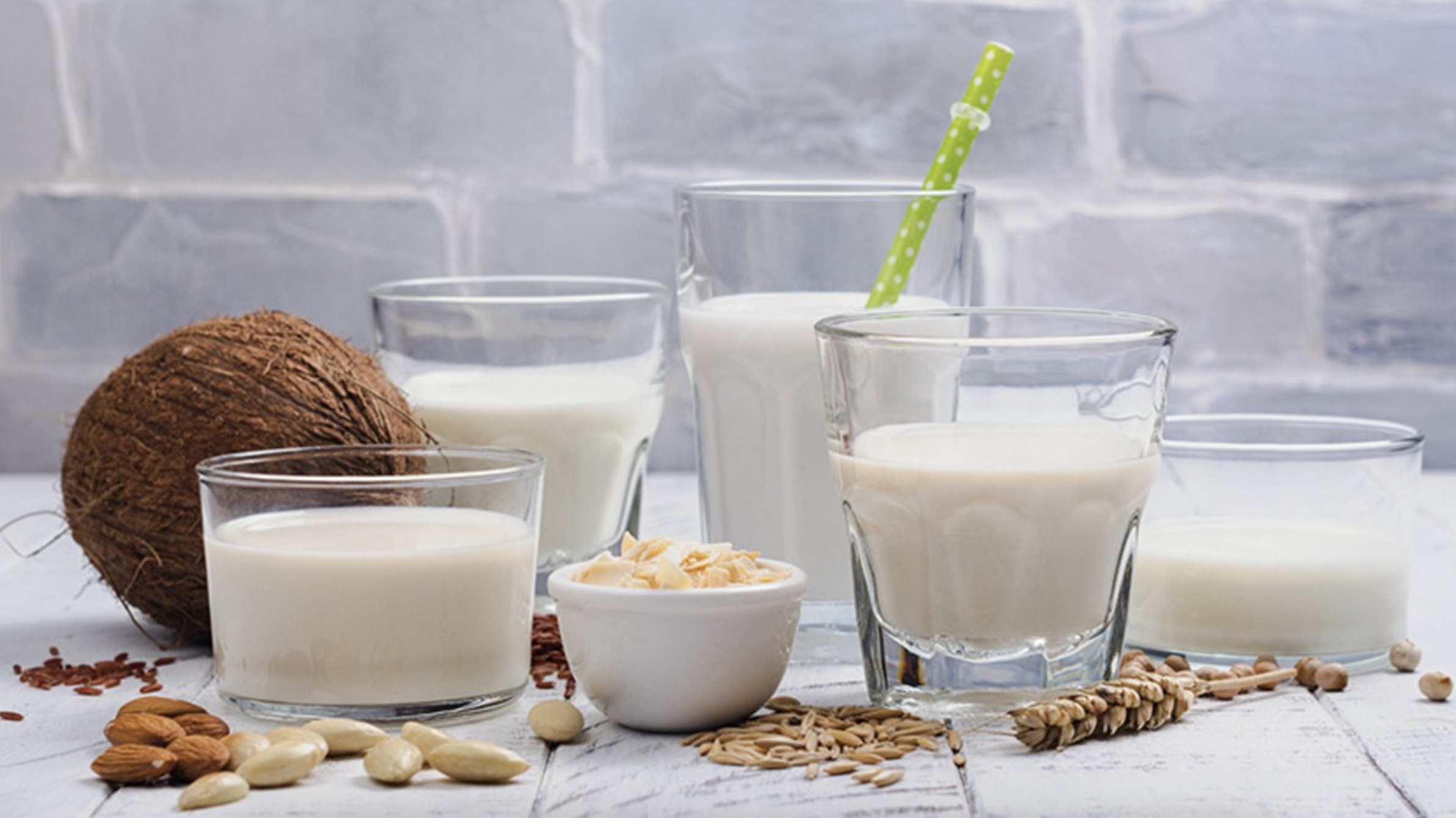
Allergen Information and Dietary Restrictions
Navigating the realm of plant-based milk alternatives also requires a careful consideration of allergens, as many of these products are derived from common allergenic sources such as nuts and soy. For individuals with nut allergies, options like almond milk and cashew milk should be avoided, while those with a sensitivity to soy need to steer clear of soy milk. Fortunately, the diversity within plant-based milk alternatives means there are still plenty of choices available that cater to various dietary restrictions. For instance, oat milk and rice milk are generally well-tolerated by those with nut and soy allergies, offering safe and enjoyable alternatives. It’s also essential for consumers to review product labels for potential cross-contamination warnings, especially if the plant-based milk is produced in facilities that also process allergenic foods. For individuals avoiding gluten, oat milk can be a concern unless labeled gluten-free, as oats are often processed in facilities that handle wheat. Pea milk emerges as another suitable option for many with allergies, as it is less commonly associated with dietary sensitivities and offers a hypoallergenic profile. Always consult with a healthcare provider or nutritionist to ensure that your choice of plant-based milk aligns with your health needs and dietary limitations, ensuring a safe and satisfying experience.
You May Also Like:

